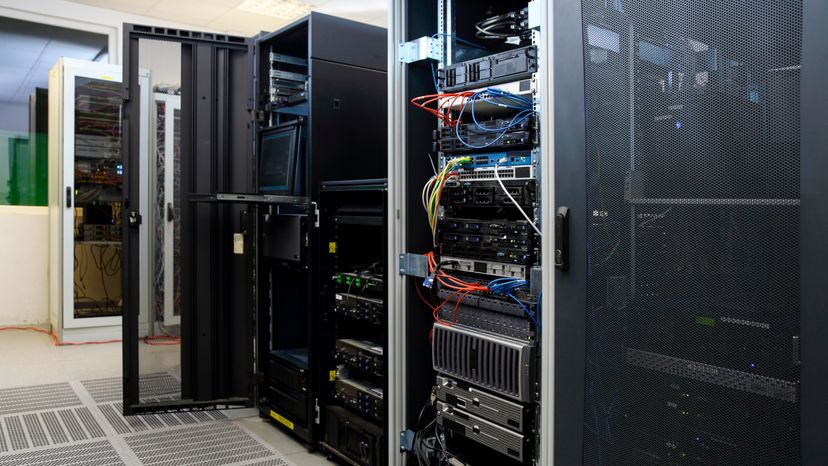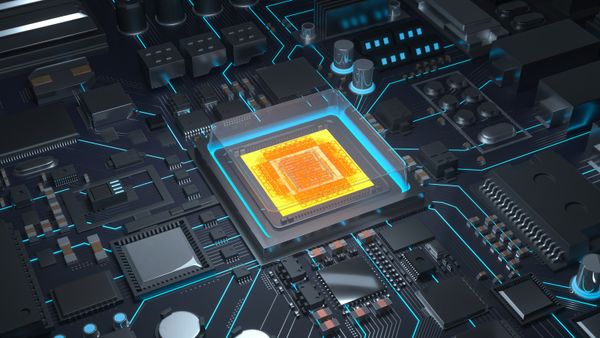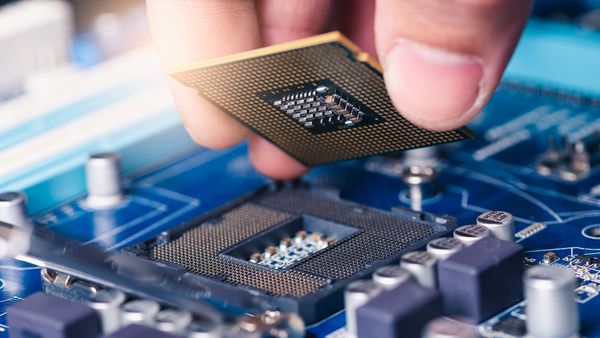When you buy a CPU chip, it has a "maximum" speed rating stamped on the chip's case. For example, the chip might indicate that it is a 3-GHz part. This means that the chip will perform without error when executed at or below that speed within the chip's normal temperature parameters.
There are two things that limit a chip's speed:
Advertisement
- Transmission delays on the chip
- Heat build-up on the chip
Transmission delays occur in the wires that connect things together on a chip. The "wires" on a chip are incredibly small aluminum or copper strips etched onto the silicon. A chip is nothing more than a collection of transistors and wires that hook them together, and a transistor is nothing but an on/off switch. When a switch changes its state from on to off or off to on, it has to either charge up or drain the wire that connects the transistor to the next transistor down the line. Imagine that a transistor is currently "on." The wire it is driving is filled with electrons. When the switch changes to "off," it has to drain off those electrons, and that takes time. The bigger the wire, the longer it takes.
As the size of the wires has gotten smaller over the years, the time required to change states has gotten smaller, too. But there is some limit -- charging and draining the wires takes time. That limit imposes a speed limit on the chip.
There is also a minimum amount of time that a transistor takes to flip states. Transistors are chained together in strings, so the transistor delays add up. On a complex chip like the G5, there are likely to be longer chains, and the length of the longest chain limits the maximum speed of the entire chip.
Finally, there is heat. Every time the transistors in a gate change state, they leak a little electricity. This electricity creates heat. As transistor sizes shrink, the amount of wasted current (and therefore heat) has declined, but there is still heat being created. The faster a chip goes, the more heat it generates. Heat build-up puts another limit on speed.
You can try to run your chip at a faster speed -- doing that is called overclocking. On many chips (especially certain models of the Celeron, it works very well. Sometimes, you have to cool the chip artificially to overclock it. Other times, you cannot overclock it at all because you immediately bump into transmission delays.
For more information on CPU and overclocking, see the next page.
Advertisement



